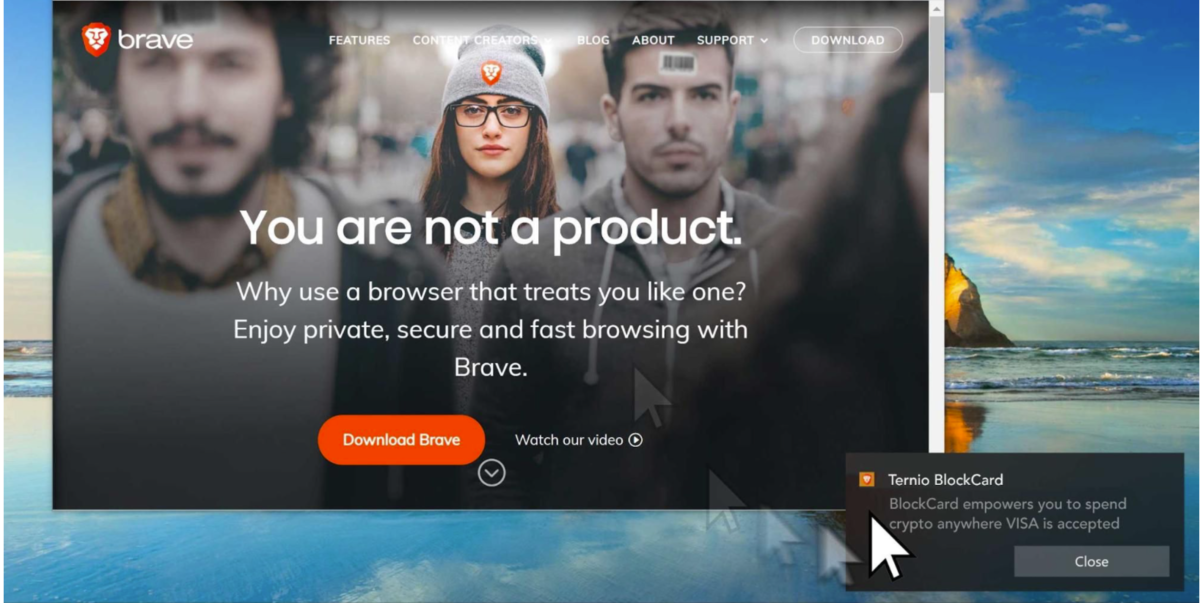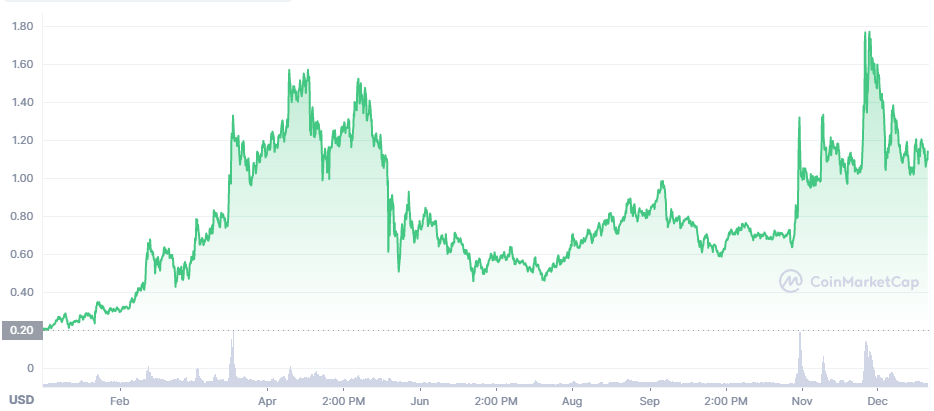Link to episode 1 before starting this episode 2: Web 3.0 attacking GAFAM?
Today’s advertising, in order to be effective, must be targeted. No need to show advertising inserts promoting swimming pool equipment or baby bottles to a young single student in a shared flat in Paris. The Holy Grail for advertisers is to send the right messages to the right people, and to do this, advertising players must create virtual profiles and integrate browsing activities into them in order to concentrate the likes and dislikes of their users. users. If it seems harmless, bordering on benevolent, to help consumers save time for their virtual shopping, the techniques used are becoming particularly invasive with an increasingly fine line between ethical behavior and the relentless pursuit of profit.
The 2020 Fundamental Rights Survey conducted by theEuropean Union Agency For Fundamental Rights reveals, among other things, that:
- 41% do not want to share any personal data with private companies, almost double that of public bodies;
- 55% fear that criminals or fraudsters will gain access to their personal data. About 30% are concerned about the access to information of advertisers, businesses and foreign governments without their knowledge;
- Only 51% know they can access their personal data held by companies.
The European agency draws on responses from 35,000 people in all EU member states, North Macedonia and the UK. Do you recognize yourself in the responses to this survey? So how can we protect ourselves from the excessive exploitation of our personal data? The first step when we want to surf the web is to make a request on Google search engine. A step already collecting a large amount of data to build our digital identity.
Brave: the surprising alternative to traditional advertising
A web browser from Brave Software was launched in 2016 by the American Brendan Eich, co-founder of Mozilla Firefox and creator of JavaScript, in other words, not a young geek unknown to the battalion. Brave uses an atypical business model: it removes advertisements from websites and blocks trackers (the wacky technique by which a website collects, records and shares information about an individual’s activities on the web) by default. You can imagine the outcry of websites whose income comes mainly from advertising. But it was without counting on the Brave Rewards which makes it possible to reward the most visited sites but also and above all to give Internet users the opportunity to in turn reward content creators directly. A sort of digital utopia? Let’s take a look at the 3.0 search engine.
A user-based business model
Brave, like other browsers, allows users to navigate from website to website, run applications and view online content. So far nothing new and like its colleagues, Brave is free and downloadable by everyone. In contrast, Browser 3.0 can boast two things: speed and privacy. Both are the result of its ad removal strategy. This is actually quite logical since by eliminating ads and trackers, Brave downloads much less content from a website than any other browser without an ad blocking extension.
Default online privacy: Brave compared to other browsers
Source: Brave.com
Since the advent of Brave, mainstream browsers like Chrome, Edge, Firefox, Safari and others have also adopted various types of anti-tracking defenses. In fact, where speed of execution performance was once the battleground between browsers, privacy features are now the crux of this war, and it’s tracker blocking that apps are now judged on. . Brave’s claim to superior confidentiality, then, is not as convincing as it was, say, in its genesis.
If the aggressive anti-tracking attitude is enough to seduce Internet users by cleaning up said advertisements from websites, Brave replaces them with its own advertisements which are not individually targeted but rather aggregate anonymously. In addition, instead of displaying advertisements on websites, Brave sends a notification to encourage the user to click on it rather than polluting the visited site:

Bottom right the advertising notification
Source: Brave.com
Clicking on the notification will open “the real” advertisement. By eliminating trackers that collect user data, internet privacy can be honored. Until now we understand that we can walk on the internet, without our being tracked and without our personal data being collected. This is already an important step for a large part of us, seasoned web browsers.
But, you remember, when a few lines above I mentioned “Brave Rewards makes it possible to reward the most visited sites but also and above all to give Internet users the opportunity to in turn reward content creators directly. ” Let’s dive into the Brave Web3 ecosystem.
The Brave Rewards program
Let’s start with the heart of the system. The cornerstone of the program is the currency used behind the Brave Rewards which is not a traditional currency like the euro or the dollar, but a digital currency called the BAT (Basic Attention Token) based on the Ethereum blockchain. These tokens are awarded based on the user’s attention, or rather, the time spent watching ads and content. That is, part of the advertising revenue is distributed to websites, users and Brave. Do not expect to take it easy sipping cocktails while watching advertisements that will lead you to financial freedom, for example, I struggled to earn the equivalent of $ 5 in BAT over a month that are directly stored on my Brave wallet. I can now transform them into traditional currency or even donate my proofs to a content creator that I like (it would still have to be verified and certified by the developers of Brave so that he can receive the proofs. ).

Interface to send a tip to a digital content creator
Source: Brave.com
With some 26 million monthly browser users, they represent a drop in the ocean of daily Internet searches. To convince advertisers to take an interest in the platform and spend money on advertising, browser adoption must be massive, otherwise, like many other innovations, the project will plunge into the abyss.
No ad spend = no profit = no viable economy for Brave = worthless token
Price and performance
I want to give you a little aside about the valuation of BAT in the digital asset market. The BAT token has grown over 450% year-to-date, going from $ 0.20 per unit to $ 1.20. Because yes, when we convert our BAT generated by viewing advertisements, the conversion is not as interesting when the token is worth $ 0.20 as when it is worth $ 1.20. BAT’s Market Cap now exceeds $ 1.7 billion.

BAT token price (2021)
Source: CoinMarketCap
Brave aims to be an open source browser compatible with cryptography and a necessary tool in the economy of the Web3. The browser proves that it is possible to keep personal data by surfing the web without it being used, a large majority of the time without our knowledge, for commercial purposes generating monstrous profits for centralized entities. In addition, Brave makes it possible to give part of the advertising revenue to the user, who in Web2 is quite simply the goose that lays the golden eggs of an oligopoly of companies in the resale of digital identities. The simple ambition of wanting to give back some of the power to users, without them being tracked at the slightest click on the web by the behemoths across the Atlantic is a remarkable initiative. If Brave does not come to establish itself as a browser in the next few years, it can at least be proud of having been one of the first to want to change the way we use the Internet.
For this second episode of Web 3.0, I wanted to start at the beginning, in other words, to present an alternative to the first step when talking about the Internet: to carry out a search on a browser. I note in my long “To-Do List”Of Web3 to create a complete tutorial presenting every interface, every tab, every tool of Brave from top to bottom. For the next episode of this saga dedicated to Web3, we will put aside the advertising aspect related to website navigation, in order to concentrate our efforts on the monetization of our experiences and digital creations on the web. The time has come to pay for our digital efforts. See you in the next episode.
